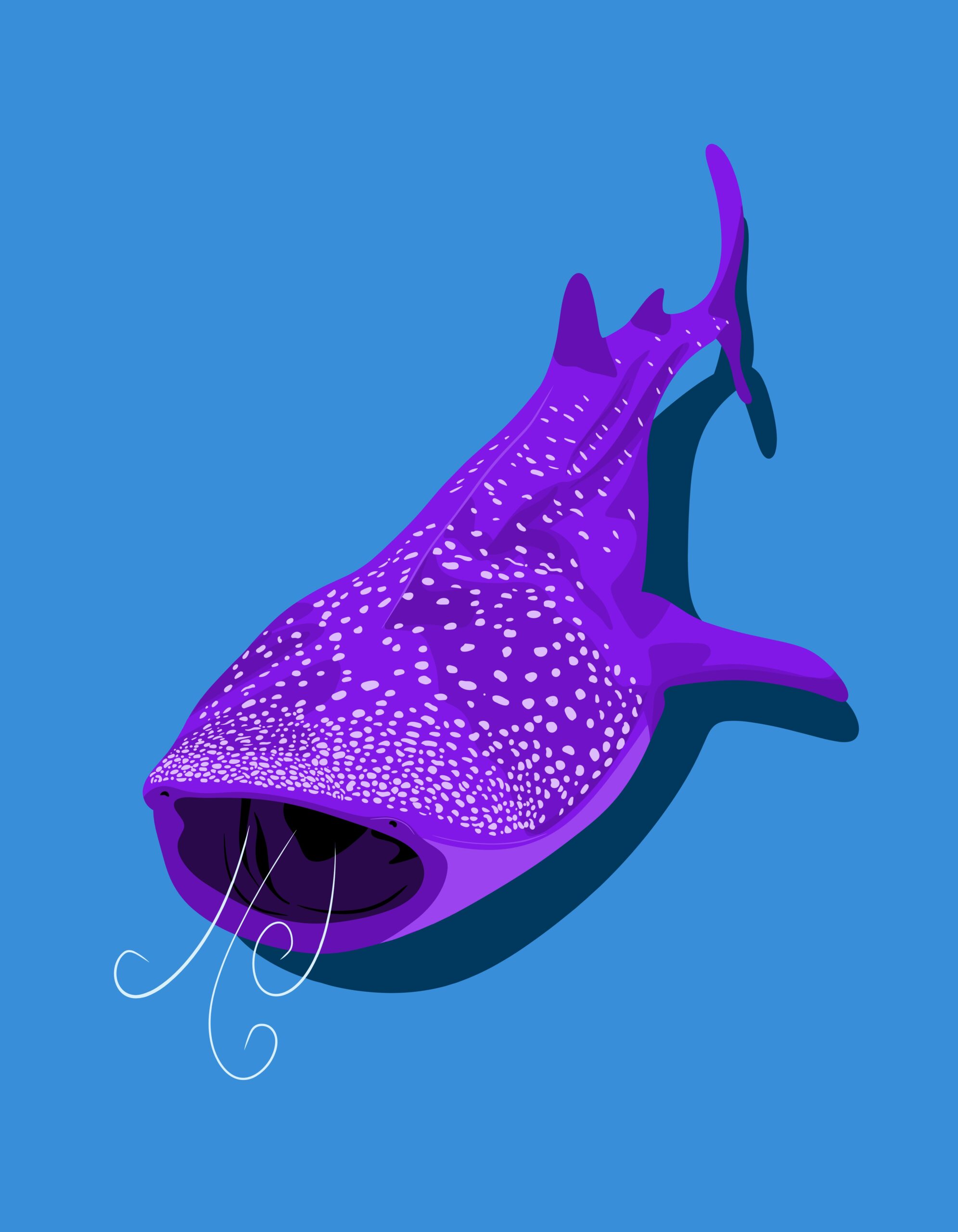NFTs (Non-Fungible Tokens) and digital art have formed a natural pairing since the NFT boom of 2021, creating new ways to prove ownership and collect digital works. In contrast, the relationship between music and NFTs has been met with skepticism. Why haven’t music NFTs taken off like art NFTs? Here’s a breakdown of the reasons and some thoughts on their potential.
Table of Contents
Why Art and NFTs Work So Well Together
NFTs are all about “uniqueness” and “proof of ownership.” Digital art, which can be copied infinitely, suddenly gains value when an NFT certifies which copy is the “original.” This appeals directly to collectors and investors, fueling the NFT art market.
Art culture has always valued “one-of-a-kind” originals. NFT technology fits perfectly with this mentality. Plus, digital art is easy to show off-on social media, as profile pictures, or in virtual galleries-making it a great fit for the digital age.
The Disconnect with Music and NFTs
Music is built on sharing and spreading. Its value grows as more people listen, share, and connect over it. The NFT focus on “uniqueness” and “ownership” doesn’t line up as neatly with music’s core values.
Most music NFTs are sold as single tracks, not albums. This breaks up the narrative and flow that albums offer, making them less convenient for background listening-like at the gym or while working-where streaming services like Spotify or Apple Music excel.
Listening to music is also an active experience. Unlike art NFTs, which you can “show off” visually or use as an avatar, music NFTs are harder to display or share. You need headphones or speakers, and it’s not easy to flaunt your ownership to others.
Unique Strengths of Music NFTs
Despite these challenges, music NFTs have their own potential. For example, they can unlock exclusive experiences: access to private concerts, special events, or fan club memberships. This strengthens the bond between artists and fans and helps build communities.
NFTs also bring transparency to ownership and royalty distribution. Artists can receive direct support and a share of secondary sales, offering a new revenue model for the music industry.
Conclusion: Not a Bad Match, Just a Different Value Proposition
NFTs and art are a natural fit because of their shared focus on uniqueness, ownership, and collectability. Music, on the other hand, is about shared experiences, discovery, and community-so the NFT model doesn’t align as directly.
But that doesn’t mean music and NFTs are a bad match. Instead, music NFTs need to find their own value-focusing on experiences, community, and fan engagement rather than just ownership. The field is still evolving, and whether music NFTs will truly take off depends on new ideas and technological advancements that can bridge the gap between ownership and experience.

Comment